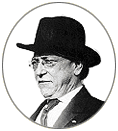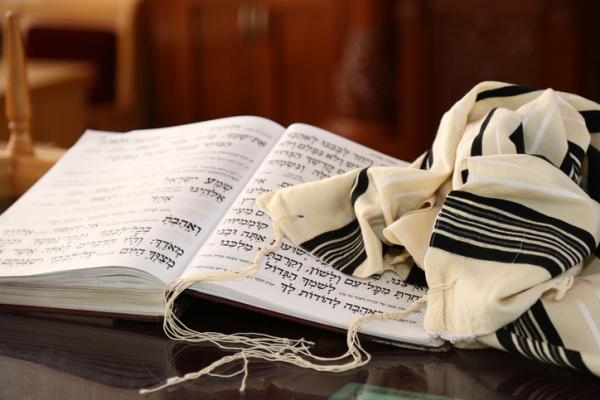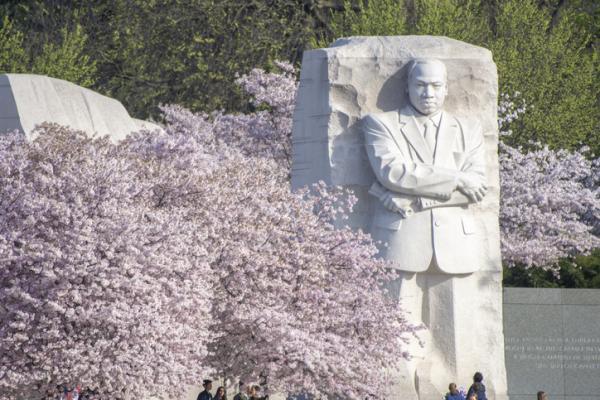Labor Unions | Civics: Links to History
Updated July 22, 2020 |
Infoplease Staff


 |
Links to History: Labor Unions
- 1860
 source: Private Collection, The Bridgeman Art Library International Ltd.
source: Private Collection, The Bridgeman Art Library International Ltd.- 1869 One of the earliest and most influential labor organizations, the Knights of Labor is founded by Philadelphia tailors.
- 1870
- 1877 The first nationwide strike stops trains across the country. About 100,000 railroad workers are involved. Federal troops are called out to break the strike.
- 1880
- 1886 Samuel Gompers founds the American Federation of Labor.
- 1886 During a labor demonstration in Chicago, a bomb explodes and rioting ensues. Anarchists are singled out and convicted of inciting violence during the Haymarket Square riot.
 source: Corbis/Bettmann
source: Corbis/Bettmann- 1890
- 1892 Violence ends the Homestead steel strike in Homestead, Pennsylvania.
- 1894 The Pullman strike, involving 50,000 rail workers, ends in rioting and violence.
- 1900
- 1905 The International Workers of the World (IWW), a radical union, is formed with the aim of overthrowing capitalism and replacing it with a socialist system.
- 1910
- 1913 The U.S. government establishes the Department of Labor to protect the rights of workers.
- 1914 The Clayton Antitrust Act legalizes nonviolent strikes and boycotts.
- 1919 Over the course of the year, a record 4 million workers strike.
- 1920
- 1930
- 1935 The Wagner Act (also called the National Labor Relations Act) affirms the right of workers to unionize and requires employers to participate in collective bargaining.
- 1935 John L. Lewis breaks with the AFL and forms the Committee of Industrial Organization (CIO), later changing its name to the Congress of Industrial Organizations.
- 1935 The Taft-Hartley Labor Act limits some of the powers of unions and the circumstances under which they can strike.
 source: Corbis/Bettmann
source: Corbis/Bettmann- 1937 United Auto Workers (UAW) sign a contract with General Motors after a successful sit-down strike in Flint, Michigan.
- 1938 The Fair Labor Standards Act establishes the minimum wage.
- 1940
- 1949 An amendment to the Fair Labor Standards Act of 1938 outlaws child labor.
- 1950
- 1955 The largest U.S. labor organization, the AFL, merges with the CIO, forming the American Federation of Labor and Congress of Industrial Organizations (AFL-CIO).
- 1959 The Landrum-Griffin Act is passed to help eliminate union corruption.
- 1960
- 1960 One third of all workers in the United States belong to a union.
- 1970
- 1970 The postal worker strike, involving 180,000 strikers, becomes the United States' largest public employee walkout.
- 1980
- 1981 President Ronald Reagan orders the replacement of striking air traffic controllers with nonunion workers.
- 1990
- 1997 Over the last several decades, union membership has dropped considerably. Only 14 percent belong to unions.
See also:









